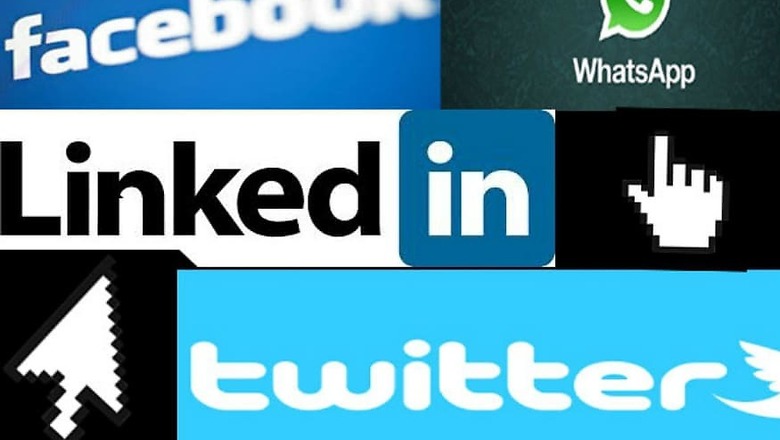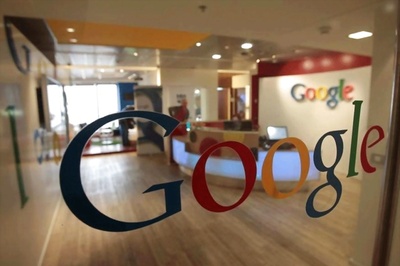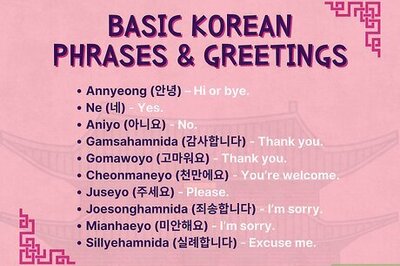
views
In corporate board rooms, not so long ago, a discussion about India would often include reference to a dichotomy – ‘India’ and ‘Bharat’. From politics to business, the strategies for India and Bharat had to be customised to the requirements, behavior and preferences of the respective audiences. While the two worlds continue to coexist in one, the divide is narrowing down, thanks to technology and also affordability of telecommunication and internet services as well as devices.
The advent of digital era in India and the significant push provided to its adoption in recent times is transforming communications, governance, delivery of services, consumption of goods and services and more importantly, citizen and stakeholder engagement and dialogue.
Twitter CEO, Jack Dorsey in a television interview had spoken about how he believes it’s important for him to hear it directly from the leadership and to hold them accountable. “And I believe it’s really important to have these conversations out in the open rather than have them behind closed doors,” he said. This statement captures what the digitally connected world means – both in promise and in potential – for citizens. The dialogue on political and policy issues in India too has over the last few years become even more democratised with individuals today not being dependent purely on physical access to stakeholders or via media to share their viewpoint or bring issues to light.
Governments too are cognizant of this change and their engagement today on digital platforms is spread across multiple levels - global, national, regional and hyperlocal. According to the 2018 BCW Twiplomacy Study, ninety-seven percent of all 193 UN member states have an official presence on Twitter. The study notes that #EU and #UNGA are the most used hashtags by world leaders, reflecting the importance of the European Union and the United Nations General Assembly in the digital diplomacy discourse on Twitter.
In today’s environment, versatile social networks aided by rapid adoption of mobile technology are enabling different calls to action, from peer-to-peer fundraising to sensitizing lawmakers, with the common goal of contributing towards policy development and implementation.
As diverse communities congregate online, digital platforms are becoming integral to running advocacy campaigns, identifying partners and engaging audiences, building consensus, and developing meaningful insights.
Civic technologies can also create actionable-insights based on the prevailing public opinion, such as, the Neta app which encourages citizens to share their views on their parliamentarians.
The greater change these feedback mechanisms create, the higher a ripple effect they will have on public involvement on the governance process.
A decade ago when we started the Public Affairs Forum of India, one of the basic tenets was to drive transparent and inclusive dialogue amongst stakeholders on policy issues and business environment in the country. The digital and mobile world drives transparency, and at the same time, provides organizations with an opportunity to get a far deeper sense of how various stakeholder groups see issues, engage with them and find common grounds, even at the grassroots level, to advocate for a change or be part of the change. There are pitfalls too.
These can be as varying as confirmation biases driven by fake news to privacy violations raised by data-mined algorithms. For corporations, this can lead to significant loss of reputation and business, and now at a much faster speed than ever before.
Organisations with public affairs strategies and campaigns that are not geared to the digital and social media ecosystem of the day are not only losing out on opportunities but exposing themselves to significant risks. It is no longer a choice, public affairs has become a necessity.
(Prema Sagar is founder and former president of Public Affairs Forum of India. Views are personal)




















Comments
0 comment